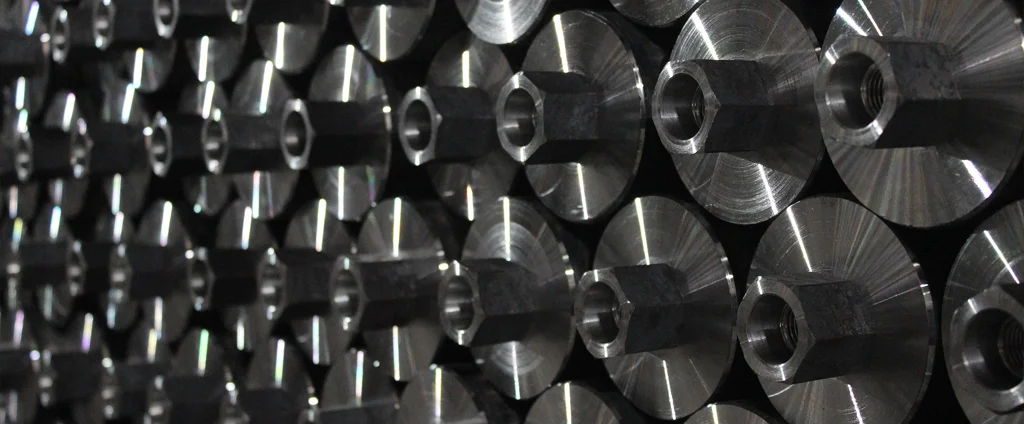SAE/AISI 4720 Alloy Steel (UNS G47200)

SAE/AISI 4720 is a low-alloy steel containing nickel, chromium, and molybdenum, engineered for high strength, toughness, and wear resistance. It is widely used in the automotive and heavy equipment sectors where mechanical durability and performance are essential, particularly in parts that undergo high loads or cyclical stress.
| Chemical Composition | ||
|---|---|---|
| Element | Min | Max |
| Iron | 96.70% | 97.78% |
| Carbon | 0.17% | 0.22% |
| Chromium | 0.35% | 0.55% |
| Manganese | 0.50% | 0.70% |
| Molybdenum | 0.15% | 0.25% |
| Nickel | 0.90% | 1.20% |
| Phosphorous | —— | 0.035% |
| Silicon | 0.15% | 0.30% |
| Sulfur | —— | 0.04% |
The following table provides a list of SAE/AISI 4720 properties in both SI and US customary/Imperial units.
Click on the button to switch between Metric and Imperial units.
| Physical Properties | Metric |
|---|---|
| Density | 7850 kg/m3 |
| Mechanical Properties | Metric |
| Young’s Modulus (E) | 190 - 210 GPa |
| Bulk Modulus (K) | 140 GPa |
| Shear Modulus (G) | 80 GPa |
| Poisson’s Ratio (ν) | 0.27 - 0.30 |
| Brinell Hardness | 187 - 229 |
| Thermal Properties | Metric |
| Thermal Conductivity | 44.5 W/m·K |
| Specific Heat Capacity (Cp) | 470 J/kg·K |
| Coefficient of Thermal Expansion (αL) | 1.3×10-5 1/°C |
| Electrical Properties | Metric |
| Electrical Conductivity | 4.23×106 S/m |
| Electrical Resistivity | 2.36×10-7 Ω·m |
The values in this table are approximate and can vary depending on various factors such as the specific manufacturing process and heat treatment applied to the alloy.
Advantages & Disadvantages of 4720 Alloy Steel
| Advantages | Disadvantages |
|---|---|
| High strength | High cost |
| Good wear resistance | Low machinability |
| Good toughness | Difficult to weld |
Applications of 4720 Alloy Steel
4720 steel is used in demanding mechanical environments that require strength, wear resistance, and toughness, including:
- Forgings: A popular choice for forgings due to its heat-treatable nature, enabling a wide range of mechanical properties. Common uses include gears, shafts, axles, crankshafts, connecting rods, pistons, and bearings.
- Machined parts: Easily machined to high precision and accuracy. Often used for manufacturing gears, shafts, and axles that demand durability and strength.
- Castings: Suitable for casting into various shapes and sizes. Typically used in components such as gears, crankshafts, and pistons that require robust performance.
- Welding: Can be welded with proper techniques and qualified personnel, although care must be taken due to its alloy composition.
- Heat treatment: Responsive to heat treatment for property enhancement. Frequently used in load-bearing parts like axles, bearings, and connecting rods.
